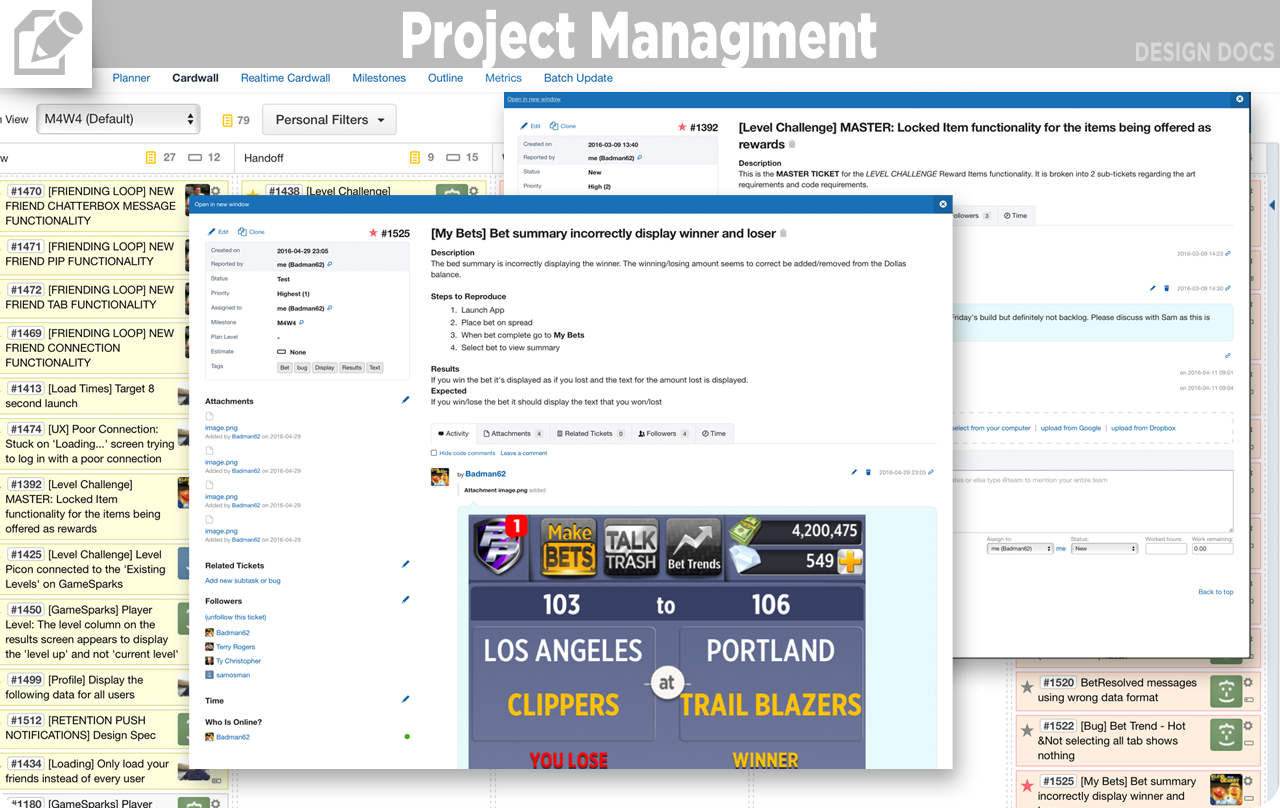Design Methodology
For me it's very important to convey the vision of a product and its objectives in a form that is actionable and is a strong foundation. The landscape can change quickly with technology or user behaviors so my designs clearly define the core foundation but enable it to be flexible.
Design Onion

I was introduced to the Design Onion while working on a project for Electronic Arts and their SIMS team. I quickly adopted the format and over the years tweaked it for the products I was creating. It's a valuable tool and enabled my team to develop a mobile game from concept to release in just under six weeks.
Level Design

I've created levels and level progressions for puzzle games, side scroller games, word games, mahjong games and this centipede inspired holiday zombie game. The challenge was developing over 50 levels in Unity 3D within 7 days while managing the project.
Story Design

I have used my teachings from Robert McKee regarding story to build a very successful story in Tamale Loco. Many years later I applied those and other learnings to develop the trilogy Flux Family Secrets. The story, characters and structure contributed it to being a #1 game on Big Fish Games various portals in the US and abroad.
Basecamp

I've used many management tools from JIRA to Basecamp and it really depends on the company. Basecamp was a nice tool for our relatively small independent studio. It enabled great collaboration, encouraged ownership and autonomy and made it easy to track hours and tasks.
Assembla

Assembla is a tool I happened to use when I joined a startup developing a sports app. It's another great tool to create and track features, bugs and share designs.